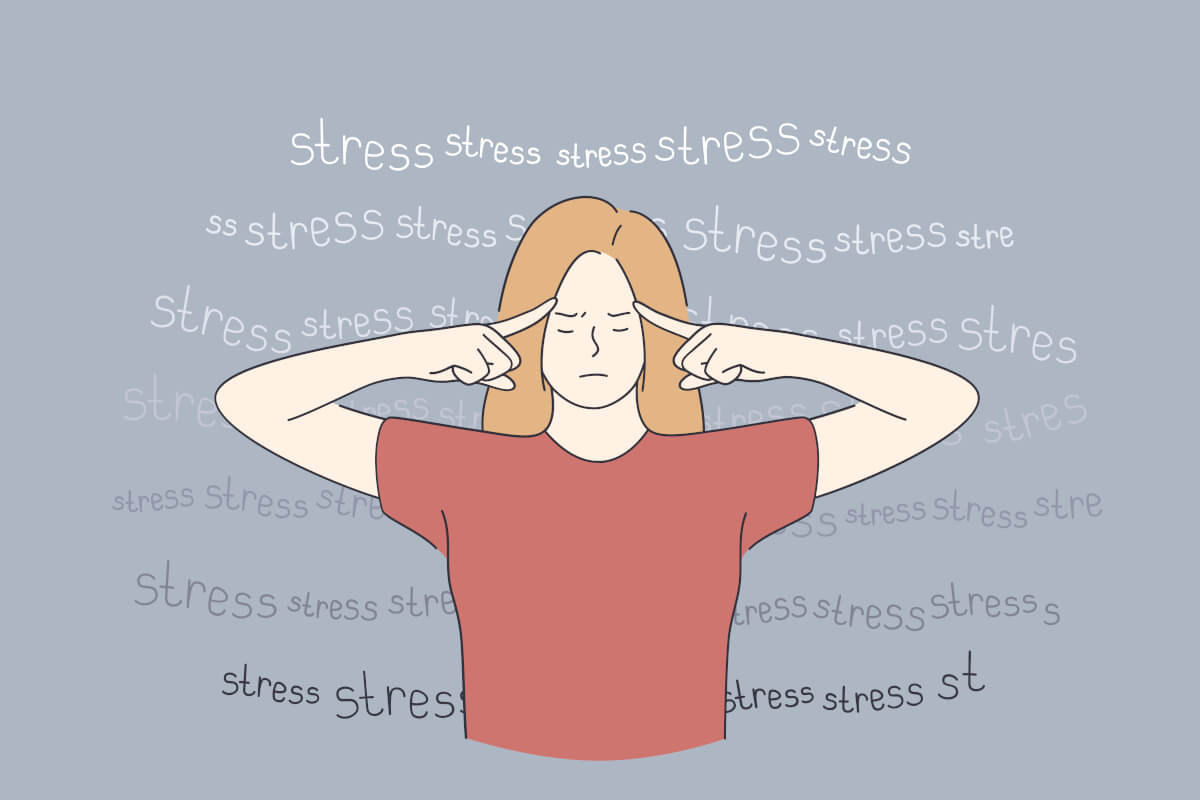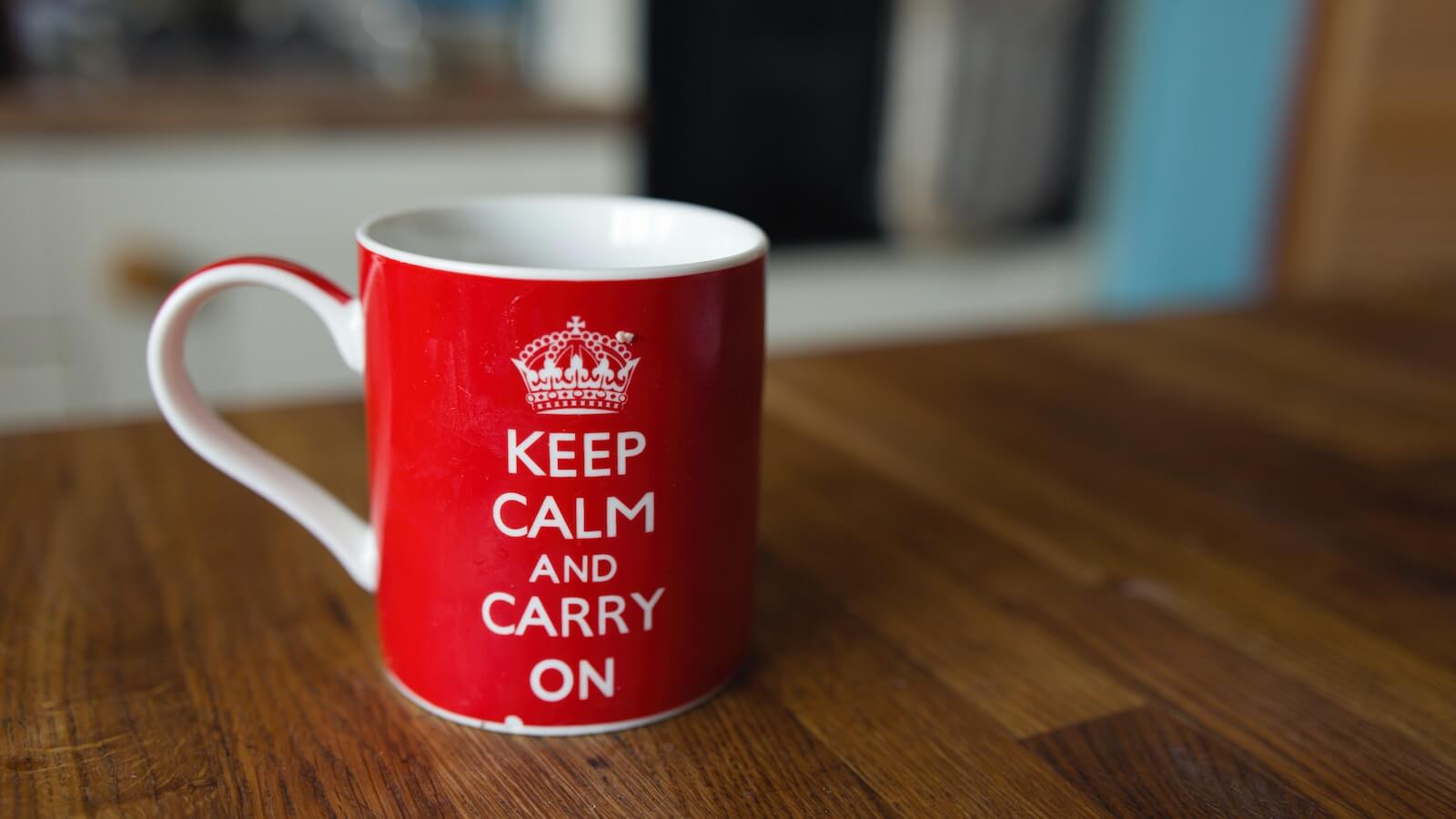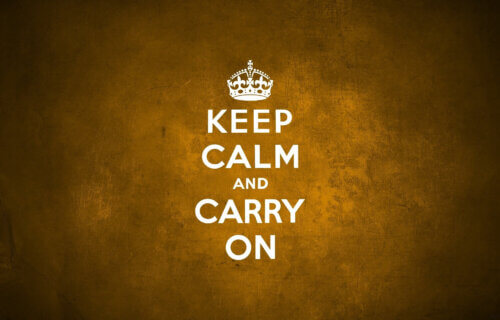AMSTERDAM — Feeling stressed lately? If you’ve seen the popular meme from WWII-era England that tells us, “Keep Calm And Carry On,” it turns out you really should heed its advice. A major new study has identified five emotions that can boost or reduce wellbeing, especially during difficult times. Keeping calm and expressing hope act as a natural medicine without swallowing a single pill, scientists say.
The study by researchers at the University of Amsterdam involved 24,000 people across 51 countries, who revealed their emotional experiences during COVID-19 lockdowns. The global study uncovered the top emotions impacting wellbeing when crisis strikes.
To ensure the inclusivity and accuracy of their study, the survey was translated into 50 languages by native speakers and double-checked for accuracy. Participants, ranging in age from 16 to 101, were gathered through various channels including media outlets, personal networks, and social media platforms.
The study was not just extensive in its demographic reach but also in its emotional scope. Participants were asked to rate their experience of 20 different emotions on a scale from 0 (not at all) to 6 (very much). These emotions ranged from positive feelings like calm, hope, and love to negative ones like anxiety, loneliness, and sadness. The goal was to broadly capture the emotional experiences that could potentially impact well-being.
Well-being itself was measured through a comprehensive set of questions covering various aspects, including satisfaction with life, resilience, stress, mental health, and physical health. This multifaceted approach to measuring well-being ensured a nuanced understanding of how emotions play a role in our overall psychological state.
Scientists also conducted a replication study in the U.S. and U.K. and a longitudinal diary study for comparison.
The researchers took into account several personal and country-level factors that might influence psychological well-being. These included age, gender, education, subjective socioeconomic status, and even country-specific factors like COVID-19 death rates, government policy stringency, GDP, economic inequality, and cultural values. By considering these variables, the study provides a more complete picture of how different aspects of life and society can interact with emotional experiences to influence our mental health.

Calm, Hope Best For Stress
The results were remarkably consistent worldwide. Calm and hope consistently predicted higher reported wellbeing across all participating countries. Meanwhile, frequently feeling anxious, lonely or sad predicted lower wellbeing.
Why do these 5 emotions matter most for wellbeing during crises?
- Calm: Activates the parasympathetic nervous system which helps the body recover from stress. Feeling calm and relaxed helps counter the physical toll of anxiety.
- Hope: Builds resilience by focusing one’s attention and thoughts on opportunities amid the crisis. Hope motivates goal-directed behaviors to overcome challenges.
- Anxiety: Prolonged and intense anxiety places strain on the mind and body. Frequent anxiety raises the risk of developing mental health issues.
- Sadness: While some sadness is normal, frequent and intense experiences of sadness can negatively impact mental health over time.
- Loneliness: Signals a lack of social support and connection, which are critical for maintaining wellbeing under stress.
By identifying these key emotions, the study provides insights that can strengthen mental health across society when facing crises like pandemics, recessions and climate change.
“These results were confirmed in the replication and diary study and were very consistent across countries,” says co-author Rui Sun, in a statement. “This is remarkable since the circumstances between countries differed strongly. For example, countries varied dramatically in governmental pandemic policies and levels of prosperity.”
Businesses Should Consider The Study, Too
Both individuals and institutions can take steps to cultivate and sustain experiences of calm and hope. Relaxation techniques like meditation, yoga, deep breathing and mindfulness have proven benefits for mood and focus. Maintaining social connections and community support can buffer against loneliness. Seeking counseling for prolonged anxiety or sadness is also encouraged.
For organizations, promoting employee wellbeing through workshops, accommodations and mental health policies can foster a culture of resilience. Governments can also launch public campaigns and programs promoting activities and resources known to reduce anxiety, loneliness and sadness.
In turbulent times, monitoring our emotional experiences becomes even more important for mental health. This landmark global study illuminates specific emotions researchers say we can target to build resilience when crisis strikes.
The research paper is published in the journal Emotion.

‘Keep Calm And Carry On’ Dates Back To World War II
The phrase “Keep Calm and Carry On” originated in the United Kingdom in 1939. It was one of three motivational posters produced by the British government in preparation for World War II. The posters were intended to raise the morale of the British public, threatened with widely predicted mass air attacks on major cities.
Although 2.45 million copies of the “Keep Calm and Carry On” poster were printed, it was only rarely publicly displayed and was little known until a copy was rediscovered in 2000 at Barter Books, a bookshop in Alnwick, Northumberland, England. It has since been re-issued by a number of private companies, and has become a popular slogan and design motif.
The phrase “Keep Calm and Carry On” is now often used as a general expression of resilience and determination in the face of adversity. It has been used in a variety of contexts, including natural disasters, political crises, and personal challenges.
In 2012, the “Keep Calm and Carry On” poster was voted the most iconic British poster of the 20th century.
5-Minute Meditation for Calm and Hope
- Find a quiet place where you won’t be disturbed. Sit in a comfortable position, either cross-legged on the floor or in a chair with your feet flat on the ground. Close your eyes and take a few deep breaths.
- Bring your attention to your breath. Notice the rise and fall of your chest or belly as you inhale and exhale. Don’t try to change your breath in any way, just observe it.
- If your mind wanders, gently bring it back to your breath. It’s perfectly normal for your mind to wander during meditation, so don’t judge yourself. Just gently bring your attention back to your breath whenever you notice that your mind has wandered.
- Now, imagine a place where you feel calm and hopeful. This could be a real place that you know, or it could be an imaginary place. Take a few moments to visualize this place in detail. What do you see? What do you hear? What do you smell? How do you feel?
- Once you have a clear image of this place in your mind, start to repeat a positive affirmation to yourself. This could be something like, “I am calm and hopeful,” or “I am worthy of love and happiness.” Repeat this affirmation to yourself silently or out loud, whichever feels more comfortable for you.
- Continue meditating for the next few minutes, focusing on your breath and your positive affirmation. If your mind wanders, gently bring it back to your breath and your affirmation.
- When you’re ready to finish your meditation, take a few deep breaths and slowly open your eyes.
This meditation is just a starting point. You can adjust it to fit your own needs and preferences. For example, you can change the length of the meditation, the positive affirmation you use, or the place you visualize. The important thing is to find a meditation practice that works for you and to stick with it. With regular practice, you should start to see the benefits of meditation in your life, including increased calm and hope.
Finding Hope in Hopeless Times
In times of hardship, crisis, or despair, hope can seem out of reach. Yet hope is a crucial ingredient for health, happiness, and moving forward. Even when things seem bleak, there are ways to cultivate hope and point yourself in a more positive direction.
- Shift Your Focus: Look for the good happening around you, however small. Make a regular habit of writing down things you’re grateful for. Seek out stories of kindness, resilience, and progress. Train your mind to see the light instead of just the darkness.
- Connect with Others: Shared experience builds hope. Join a support group, volunteer in your community, or reach out to friends and family. Helping others also reinforces hopefulness.
- Take Action: Rather than feeling powerless, take small steps to create change. Write a letter to a representative, donate to a cause you believe in, or practice random acts of kindness. Seeing progress generates hope.
- Imagine Your Goals: Envision the future you’re striving for. Imagine details like where you’re living, who you’re with, and how you feel. Bring the vision into your daily life to propel your forward movement.
- Foster Optimism: Remind yourself that circumstances change and new opportunities arise. Look for examples from history of situations improving after difficulty. Believe in your own ability to create a better future.
10 Popular Quotes About Hope
Sometimes a little inspiration is all we need to help us feel more hopeful. Here are 10 famous quotes that we certainly hope will inspire you:
- “Hope is being able to see that there is light despite all of the darkness.” – Desmond Tutu
- “Hope is the thing with feathers that perches in the soul and sings the tune without the words and never stops at all.” – Emily Dickinson
- “When you have lost hope, you have lost everything. And when you think all is lost, when all is dire and bleak, there is always hope.” – Pittacus Lore
- “Hope is the only thing stronger than fear.” – Suzanne Collins (“The Hunger Games”)
- “Hope is the oxygen of the soul. We cannot live without it.” – Elie Wiesel
- “Where there is no hope, it is incumbent on us to invent it.” – Albert Camus
- “Hope is the companion of power, and mother of success; for who so hopes strongly has within him the gift of miracles.” – Samuel Smiles
- “Hope sees the invisible, feels the intangible, and achieves the impossible.” – Charles Caleb Colton
- “Hope is the pillar that holds up the world. Hope is the dream of a waking man.” – Aristotle
- “We must accept finite disappointment, but never lose infinite hope.” – Martin Luther King, Jr.
If you have your own suggestions or hacks to stay calm and hopeful in stressful situations, please let us know in the comments below!

Truly appreciate this article. It’s really helpful considering the current hardships ones facing and having to deal with. A positive outlook on things and very hopeful.